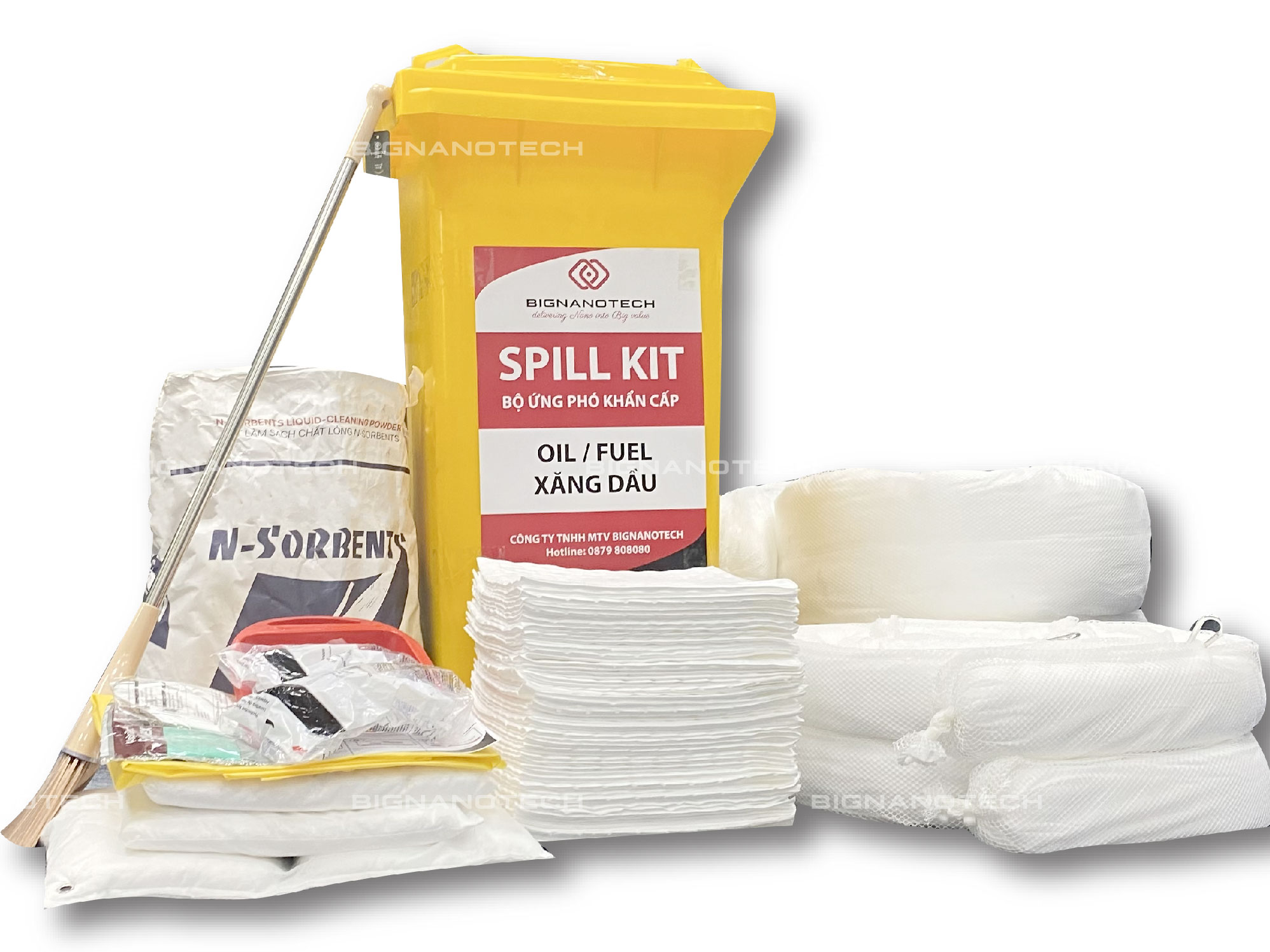
Major rivers are not just a source of life and economic sustenance for people, but also a rich energy source that we need to safeguard. Currently, hydroelectricity is often considered a clean and efficient power source. However, the operation of hydroelectric plants still harbors an unnoticed risk: the threat of oil pollution in the downstream of rivers. This is an issue that is becoming increasingly severe and requires deeper awareness.

When a hydroelectric plant operates, one of the greatest risks is the leakage of oil from oil transport vehicles or from oil storage tanks, as well as discharge ponds within the plant. Although wastewater undergoes strict treatment and control measures before being discharged into the environment, accidents can still occur unexpectedly and cannot be accurately predicted. Especially when machine oil contaminates wastewater, it can leak into the river, causing serious impacts on the environment and the livelihoods of communities downstream.
One of the major consequences of oil pollution is the negative impact on river ecosystems. Oil can harm aquatic flora and fauna, leading to a significant decline in underwater species. This not only affects the ecological balance but also jeopardizes the food supply and livelihoods of communities along the river.
Moreover, oil pollution can also pose serious health issues for humans. Toxic compounds in oil can accumulate in fish and other aquatic organisms – a food source consumed daily by humans. If not promptly and effectively addressed, oil pollution can have long-term health effects on communities.

Not only does oil pollution entail unpredictable consequences, but it can also cause prolonged and challenging impacts to fully rectify. To minimize the risk of oil pollution in the downstream of rivers from hydroelectric plants, stringent environmental protection and safety measures need to be implemented. Additionally, there should be enhanced monitoring and strict compliance with regulations regarding oil usage and wastewater treatment containing oil.
Furthermore, plants need to have thorough preparedness and contingency plans in place to promptly address any accidents. The application of effective oil treatment technologies plays a crucial role in minimizing pollution risks and enhancing industrial hygiene efficiency at plants and downstream river areas.
Some suitable products for spill response, industrial hygiene, and oil pollution prevention at plants include:
- Oil absorbent pads: Suitable for various cleaning needs, machinery and equipment degreasing, and absorbing spilled or leaked oil on floors or water surfaces.
- Oil absorbent booms: Isolate areas of spilled or leaked oil, absorb and prevent oil from spreading into the water or onto land.
- Oil absorbent powder: Cleans up oil stains on floors, soil without requiring secondary cleaning agents.
- Biological oil-degrading powder: Absorbs oil contaminated in soil and breaks down oil into fertilizer suitable for crops.
- Oil absorbent cotton: Suitable for treating oil in narrow and hard-to-reach areas.
- Spill Kit for incident response and management: Helps respond to and manage small to medium-scale oil spill incidents.
- Oil filter fabric: filters waste, oil residue and remaining oil scum in wastewater before being discharged into the environment.



In summary, oil pollution in the downstream of rivers from hydroelectric plants is not just a hidden issue but also a significant threat to the environment and human health. Addressing and rectifying this issue requires collaborative efforts from all stakeholders, from government and businesses to local communities, to protect and preserve this precious environmental resource for future generations and ourselves.
For consultancy on industrial hygiene solutions and incident response, please contact:
BIGNANOTECH Company
Hotline: (+84) 879 808 080 – (+84) 868 939 595
Email: sales@bignanotech.com











